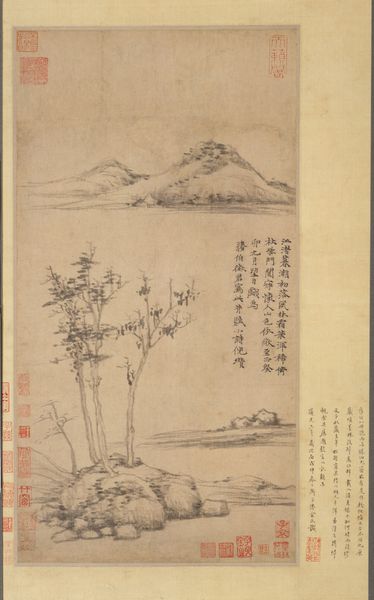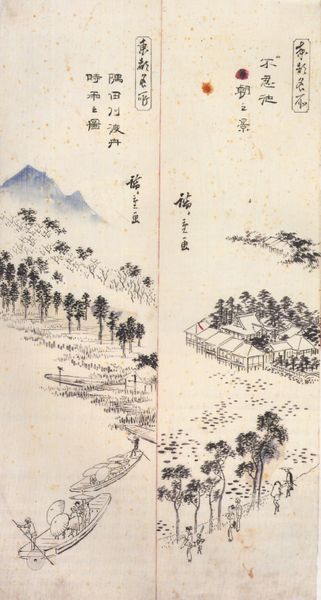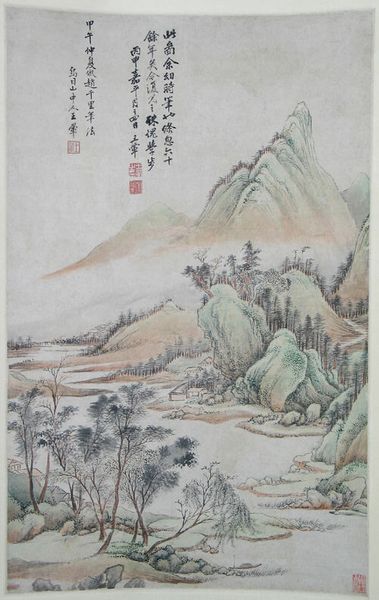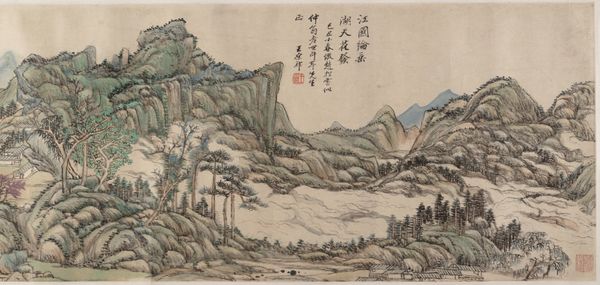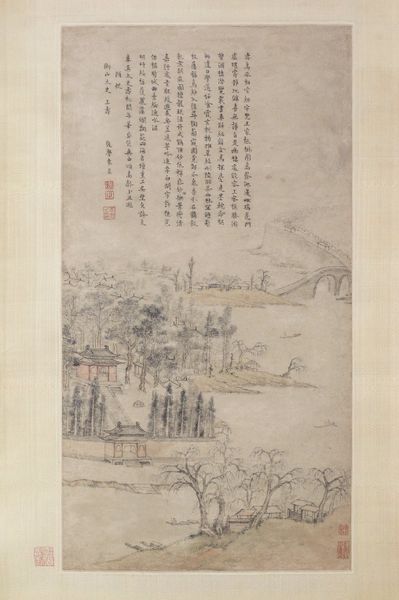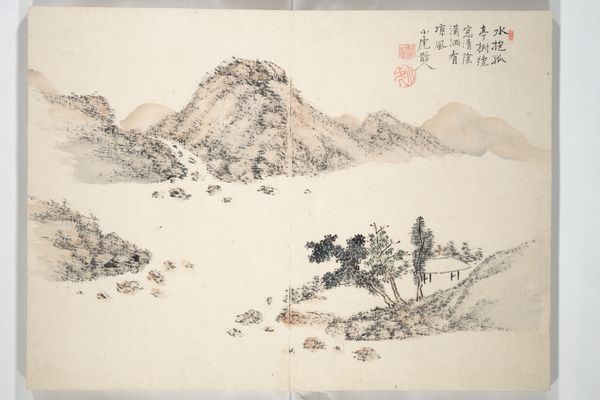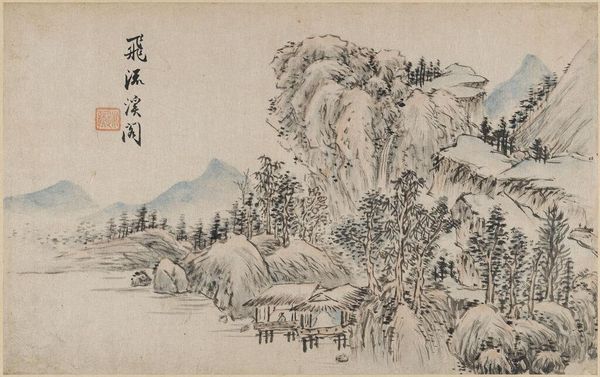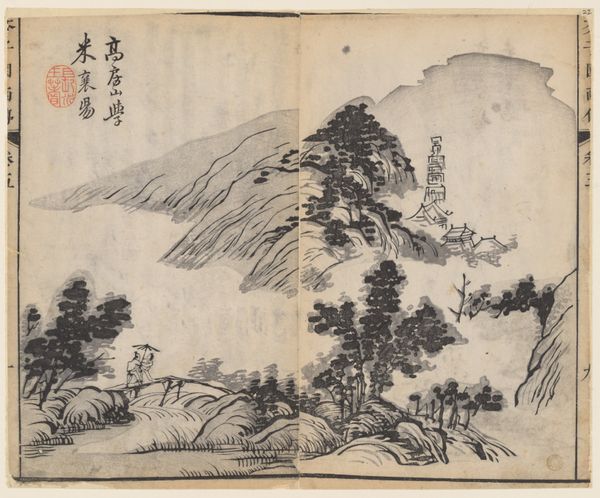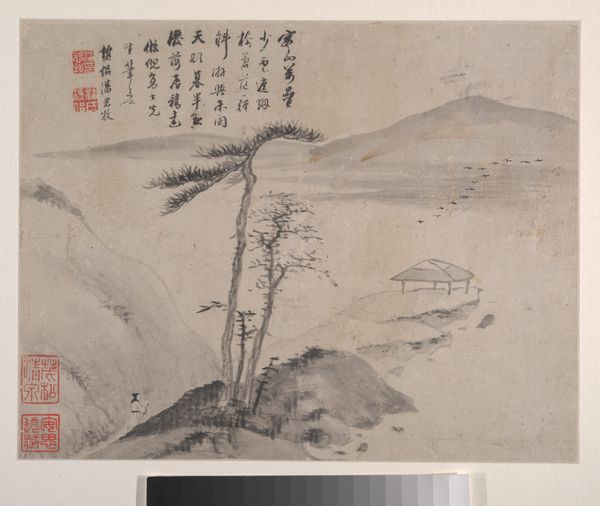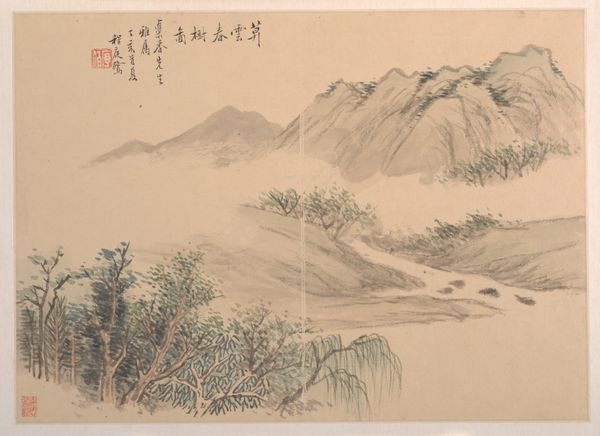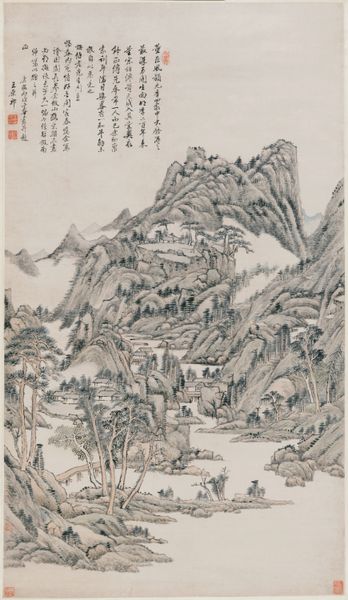
tempera, painting, ink
#
tempera
#
painting
#
asian-art
#
landscape
#
etching
#
figuration
#
ink
#
abstraction
#
calligraphy
Dimensions: Image (each leaf): 11 x 12 1/8 in. (27.9 x 30.8 cm)
Copyright: Public Domain
Wang Hui made these landscape paintings after old masters in the 17th or 18th century, using ink on paper. These weren't just sketches; they were carefully constructed imitations meant to evoke the spirit of earlier artists. Look closely, and you'll see how Wang Hui uses the ink to create depth and texture. He’s not just representing a landscape; he’s building it up with layers of washes and precise brushstrokes. There's a real sense of control in the way the ink flows and pools on the paper, creating subtle variations in tone and density. Wang Hui was engaged with the broader tradition of Chinese landscape painting, which emphasized both technical skill and cultural knowledge. These paintings were produced during the Qing dynasty, when artists like Wang Hui were grappling with questions of cultural identity and artistic heritage. By emulating the styles of earlier masters, Wang Hui was not only demonstrating his own technical prowess but also reaffirming the importance of tradition in a time of great social and political change. Appreciating the material and historical context of these paintings allows us to understand the full meaning of Wang Hui's artistic project.
Comments
No comments
Be the first to comment and join the conversation on the ultimate creative platform.
